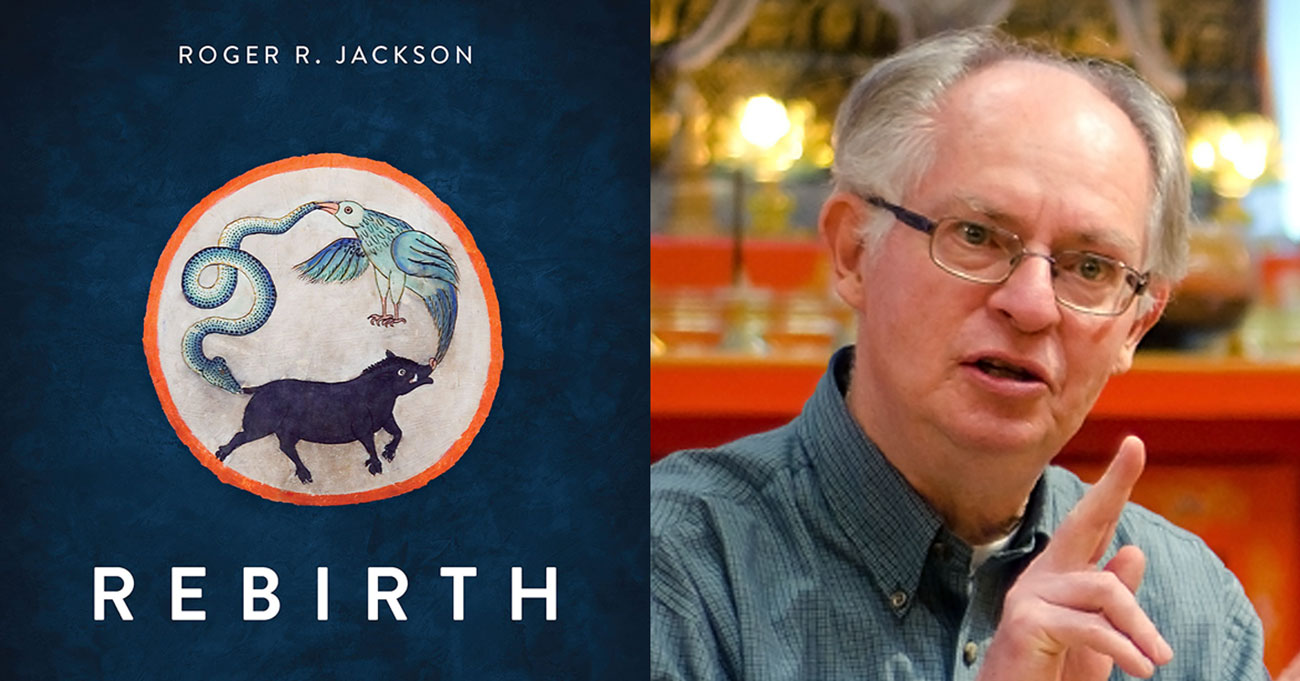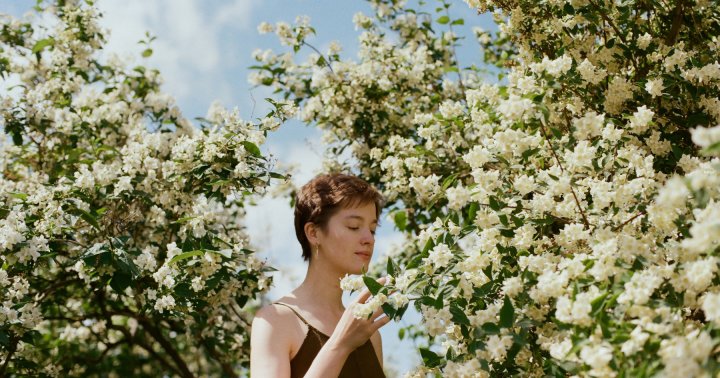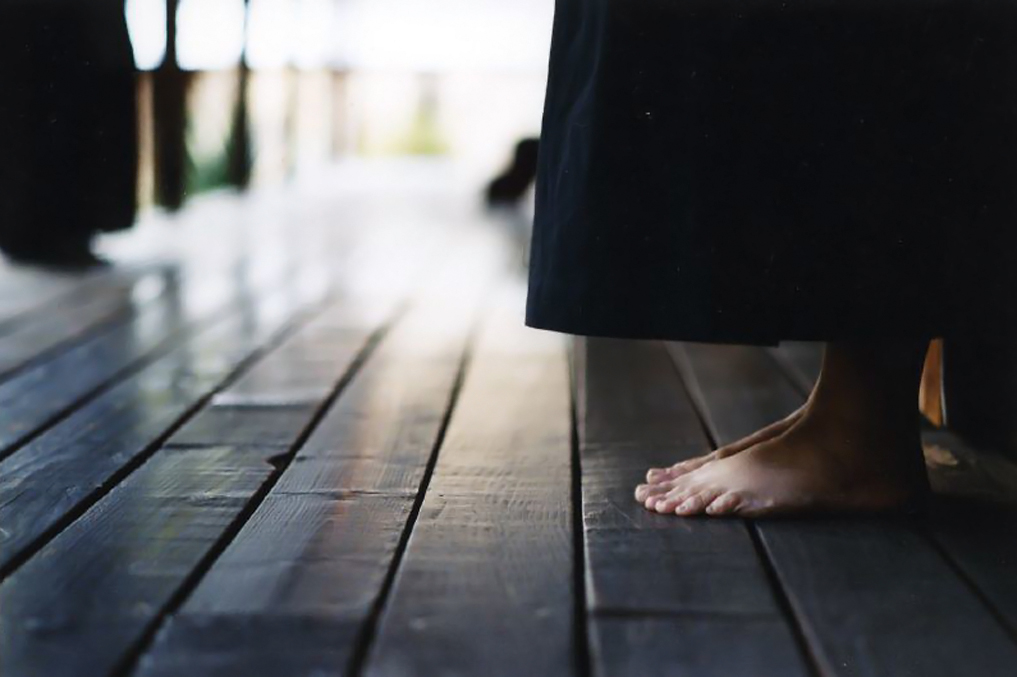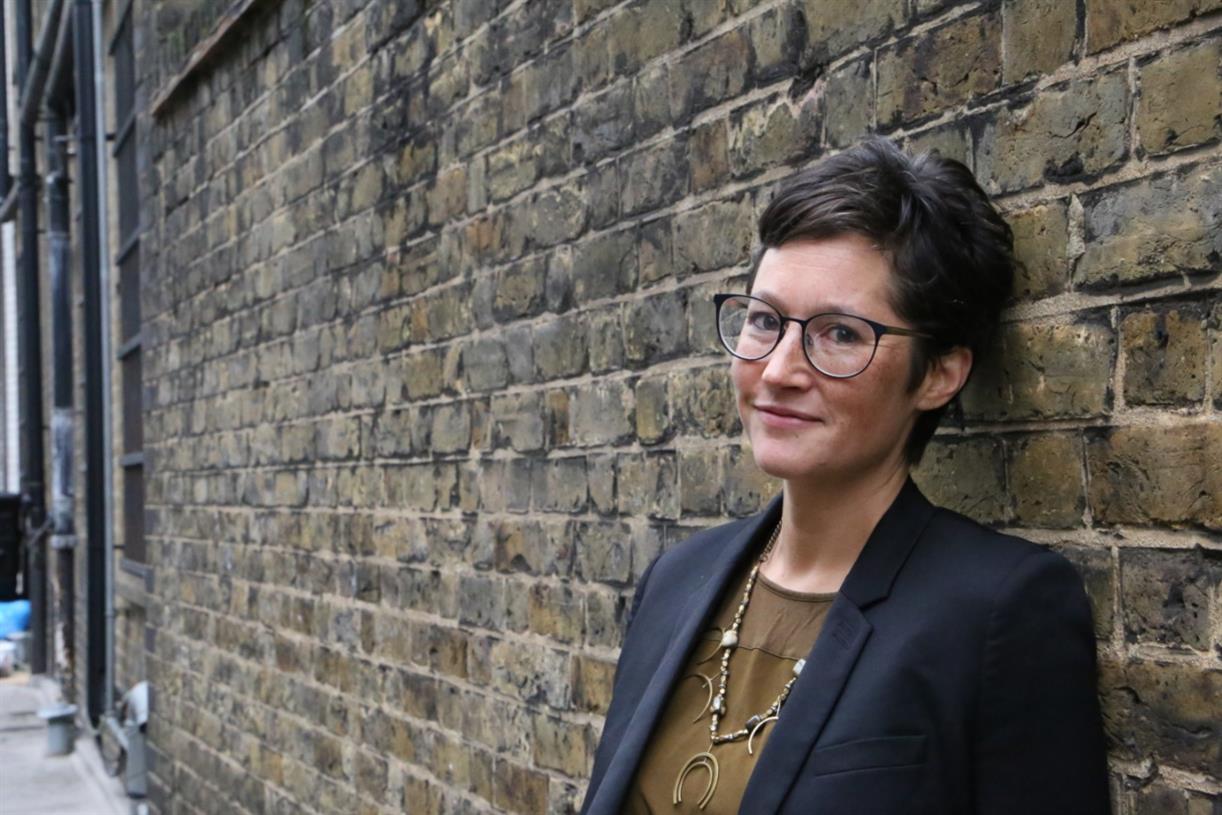Tina Turner’s Vow
A look into the spiritual practice of the late American icon The post Tina Turner’s Vow appeared first on Tricycle: The Buddhist Review.

There was a palpable sense of anticipation in the arena. As the lights went down, the scattered energy in the venue focused on the curtains surrounding the stage. While it is hard to explain, I sensed Tina Turner before I saw her. I felt an undeniable sense of power and charisma as she took her place behind the curtains. As Turner’s artistry, determination, and spirituality had long inspired me, I could not pass up the opportunity to finally see her live for her final 2008–2009 concert tour, “Tina! The 50th Anniversary Tour.”
When the curtains finally opened, there was Turner perched on a platform some thirty feet in the air with a radiant smile on her face. She surveyed the audience before stretching out her hand, signaling her crew to lower her to the stage. For two and a half hours, the show delivered everything one would expect from a Tina Turner concert: a whirlwind of song and dance in a glitzy rock concert replete with a dazzling array of lights and special effects. At the center of it all was the incredible star power of Turner herself. And yet, the most transcendent moment in the show was the encore. The dancers and special effects were gone, as were the shimmering lights and costumes. The spotlight shone on Turner alone as she gripped the microphone and stared out at the crowd with a soft, contemplative smile. Then, she sang her haunting live rendition of “Be Tender With Me Baby.” Don’t let go, don’t let go, just stay with me another day, she sang.
This moment was what made Turner special: as an artist, she had an almost mystical ability to engage in a soulful communion with her audience, with an entire arena singularly focused on her and her on them. To be in Turner’s presence, whether seeing her live in concert or in person (as I later would at the Broadway premiere of her musical), was to be enveloped in this charismatic force field that she emanated. As a religious studies scholar who has spent several years working on a biography of Turner, I believe that her ability to create this force field was due, in part, to the depth of her spiritual practice that centered on Soka Gakkai Nichiren Buddhism and included aspects of Afro-Protestant Christianity and metaphysical religious beliefs.
Turner was raised in the Afro-Protestant Christian traditions of 1940s and 1950s Tennessee. In Nutbush, TN—memorialized in her 1973 hit song “Nutbush City Limits”—Turner attended two local Black Baptist churches with her family. On the other side of the state, near Knoxville, Turner also attended a Black Pentecostal church. While Turner would later write in her memoir Happiness Becomes You that she found church hot and boring as a child, she also explained that she saw the value in teachings like the Ten Commandments. Turner was also deeply influenced by the more mystical sensibilities of her maternal grandmother, who believed in the power of signs received in dreams, preferred to spend her time in nature rather than church, and understood the medicinal value of the plants and roots around Nutbush. Both Afro-Protestant Christianity and nature-based spirituality contributed to Turner’s religious formation.
To be in Turner’s presence was to be enveloped in this charismatic force field that she emanated.
In the late fifties, Tina met early rock music pioneer Ike Turner, and by 1960, they had formed the Ike & Tina Turner Revue. Ike and Tina married in 1962, and while professionally the duo recorded a string of hit songs—like 1960’s “A Fool in Love” and 1961’s “It’s Gonna Work Out Fine”—their personal relationship was marred by Ike’s frequent abuse of Tina. Tina’s unhappiness in her marriage led her to begin exploring her spirituality anew. Both Ike and Tina held fascinations with astrology and mythology, but in 1966, Tina went by herself to see a psychic in London. In her 1986 autobiography, I, Tina, Tina explained that this psychic gave her the crucial prediction that one day she “would be among the biggest of stars” and that her partner would “fall away like a leaf from a tree.” Tina remembered that she especially “held on to what that reader said,” and that meeting sparked a long practice of consulting with and learning from psychics of various kinds.
Nonetheless, the biggest change in her religious life would occur in 1973 when she was introduced to the Nichiren Buddhist practice of chanting Nam-myoho-renge-kyo (“Devotion to the Mystic Law of the Lotus Sutra”). Beyond the literal meaning of the words, Soka Gakkai Nichiren Buddhists understand the chant to be “the ultimate Law or truth of the universe.” An engineer at Ike Turner’s recording studio Bolic Sound first mentioned the practice to Tina, followed by her youngest son, Ronnie Turner, and finally a woman named Valerie Bishop. “Obviously the universe had been trying to send me a message, and I was finally ready to receive it,” Tina told Clark Strand in a 2020 interview for Tricycle. Bishop gave Tina a thorough introduction to the practice and taught her the chant. Tina later wrote in I, Tina that from chanting, she could feel herself “becoming stronger—becoming less and less afraid” of Ike. In her 2018 autobiography My Love Story, she explained that the practice “removed uncomfortable attitudes from [her] thoughts. [She] started to think differently. Everything became lighter.” From there, she began to develop her practice in a largely clandestine fashion because of Ike’s disapproval.
In 1976, Tina left Ike and began living with the late jazz saxophonist Wayne Shorter and his family. With the Shorters and supported by Herbie Hancock and other Soka Gakkai members, Tina developed her Buddhist practice and officially joined Soka Gakkai. She became an active practitioner of Soka Gakkai Nichiren Buddhism, and during the difficult times just before her major solo success, she and Wayne Shorter’s then-wife Ana Maria Shorter would chant four hours every day. Before shows, Tina would chant and pray for up to an hour.
By the time her divorce was finalized in the spring of 1978, Turner was appearing on television and performing solo concerts, with her solo album Rough being released later that year. Turner dreamed of establishing herself as a successful solo artist and filling stadiums, so when she met producers Lee Kramer and Roger Davies in 1979, she would chant for hours every day to will them into her life as her management team. The duo agreed to work with her, and Roger Davies continued to work with Turner as her primary manager for the rest of her career. In 1984, Turner’s dreams came to fruition when she released her Private Dancer album (featuring the songs “What’s Love Got to Do With It?,” “Private Dancer,” “Let’s Stay Together,” “Better Be Good to Me,” and “I Can’t Stand the Rain,” among others). The rest, of course, is music history: Turner’s tenacity and determination fueled one of the most compelling comeback stories of the 1980s. Each of her solo albums was accompanied by record-breaking global tours that cemented her status as a dynamic performer and iconic artist. Turner took every available opportunity to explain that the “power behind” her success was her spiritual beliefs and practice, especially her practice of chanting.
In Happiness Becomes You, she spoke of making a vow—alongside Herbie Hancock and Shorter—to be a musical “bodhisattva of the earth.” In chapter fifteen of the Lotus Sutra, innumerable bodhisattvas spring up from the earth and vow to propagate the Buddha’s teachings in strife-ridden future ages. Specifically, these bodhisattvas vow to endure all manner of hardship to spread the sutra’s message. In making this vow, Turner was determining, alongside her friends and fellow Buddhist artists, to use her music and work to uplift, inspire, and transform others’ lives. From my study of Turner’s reflections on the connection between her Buddhist commitments and her performances, I am convinced that she was reconnecting to her vow to be a musical bodhisattva in those moments when she quietly smiled onstage while looking out at her audience. To this day, Turner inspires me to use my own talents—that is, my training as a scholar in religious studies—to contribute to the lives of others. Further, she encourages me to reconnect to that purpose in the midst of my work.
Alongside this vow, Turner also voiced her determination to one day become a teacher, using what she learned from her practice of Buddhism to help others. In 2009, after she retired from touring, she began to fulfill this dream by recording spiritual messages and her chanting practice for the album Beyond: Buddhist & Christian Prayers. This interfaith album featured Turner, the Swiss-Tibetan singer Dechen Shak-Dagsay, and Swiss music therapist Regula Curti. This album interwove Christian hymns and prayers with Tibetan Buddhist chants and Turner’s Soka Gakkai Nichiren Buddhist practice. The next album from the trio, Children Beyond, added a multiracial children’s choir and saw Turner singing prayers drawn from Islam and Hinduism. The next album, Love Within: Beyond, saw Turner return to her childhood religious formation by singing gospel. On the Beyond albums, Turner advocates for an approach to life that puts wisdom drawn from the space of contemplative practice—a space she refers to as “the beyond”—at the center of one’s existence.
Between the 2009 release of the first Beyond album and the 2020 release of her memoir, Turner suffered a series of life-threatening health challenges and the death of her eldest son, Craig Turner, in 2018. Despite these challenges, Turner made a final public appearance in 2019 at the Broadway premiere of Tina: The Tina Turner Musical. Taking the stage after the curtain call, Turner explained that her life was like “poison that turned to medicine,” echoing the Nichiren Buddhist notion that suffering can be transformed into something beneficial. As I sat in the audience at the Broadway premiere and heard Turner say this, I thought about a quote from Soka Gakkai International President Daisaku Ikeda from the Wisdom of the Lotus Sutra, Vol. 1:
Those who understand the wisdom of the true entity of all phenomena can transform any kind of karma into a radiantly brilliant mission. When you are absolutely confident of this, you will be filled with hope. Every person and every experience you encounter will become a precious and unique treasure.
I could not help but feel as I sat in the Lunt-Fontanne Theatre that Turner embodied this idea and demonstrated it with her life. I continue to be inspired by this.
Five years later, on Wednesday, May 24, 2023, it was announced that Turner had died peacefully at her home in Küsnacht, a suburb of Zurich, Switzerland. On her 1996 Wildest Dreams album, Turner sang the lines, “now when I lay me down to sleep / I will be dancing in my dreams.” And now, this great Buddhist icon has indeed laid down to sleep. She has become one of our great ancestors. In Buddhist traditions, it is often said that a person can take up to forty-nine days to be reborn. So perhaps Tina Turner has already come back to teach us all once more. In a 2013 interview with Oprah Winfrey, Turner said she wanted to be remembered as the “Queen of Rock ’n’ Roll” and that her legacy was that of a person “who had stayed on track, stayed on course from the beginning to the end because I believed in something inside of myself.” So shall it be.

 UsenB
UsenB 
































